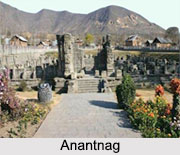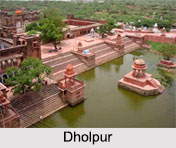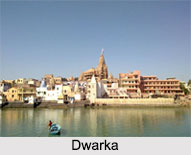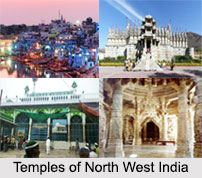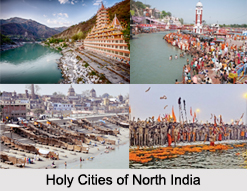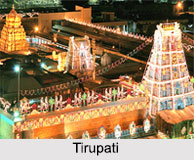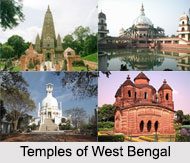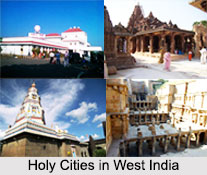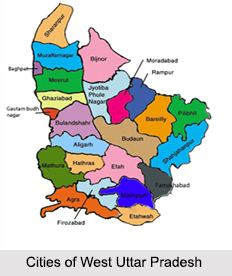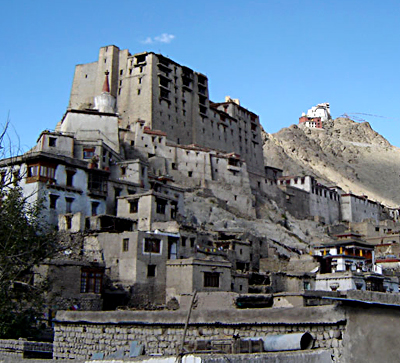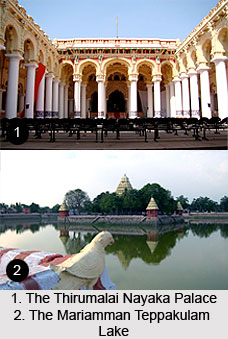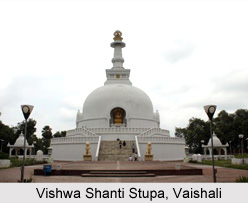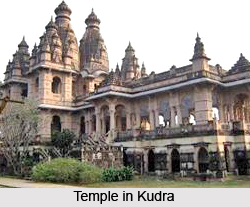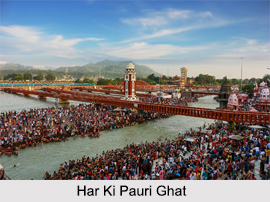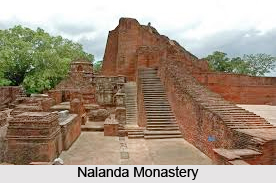 History of Nalanda gives the modern historians a depiction of communal harmony between Hindu and Buddhists, though it emerged after the downfall of Hindu rule in India, after Bimbisara attained Buddhism during his rule in Rajgir, which is now called the Bimbisara Road.
History of Nalanda gives the modern historians a depiction of communal harmony between Hindu and Buddhists, though it emerged after the downfall of Hindu rule in India, after Bimbisara attained Buddhism during his rule in Rajgir, which is now called the Bimbisara Road.
Nalanda now located in Nalanda District in Bihar was originally a prosperous village in ancient India along with Moghulmari Monastery, Odantapuri and Vikramshila.
Nalanda was connected by a major trade route that ran through the nearby city of Rajagriha (which is known as modern Rajgir, Bihar) which was then the capital of Magadha, during the rule of 16 Mahajanapadas.
Nalanda and Jainism
It is said that the Jain thirthankara, Lord Mahavira, spent 14 rainy seasons at Nalanda. Gautama Buddha too is said to have delivered lectures in a nearby mango grove named Pavarika and one of his two chief disciples, Shariputra, was born in the area and later attained nirvana there. This traditional association with Mahavira and Buddha tenuously dates the existence of the village to at least the 5th-6th century BC. Not much is known of Nalanda in the centuries hence. Taranatha, the 17th-century Tibetan Lama, states that the 3rd-century BC Mauryan and Buddhist emperor, Ashoka, built a great temple at Nalanda at the site of Shariputra`s chaitya. He also placed 3rd-century BC luminaries such as the Mahayana philosopher, Nagarjuna, and his disciple, Aryadeva, at Nalanda with the former also heading the institution. Taranatha also mentions a contemporary of Nagarjuna named Suvishnu building 108 temples at the location. While this could imply that there was a flourishing centre for Buddhism at Nalanda before the 3rd century, no archaeological evidence has been unearthed to support the assertion. When Fa-Hien, an early Chinese Buddhist pilgrim to India, visited Nalo, the site of Shariputra`s parinirvana, at the turn of the 5th century, all he found worth mentioning was a stupa.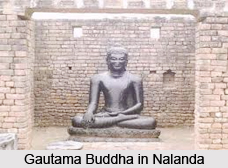
Status of Nalanda
Nalanda University attracted large number of Buddhist students from different parts of the world. The University of Nalanda was founded in the 5th century by the Gupta dynasty. There were thousands of students and teachers. The main courses which were taught there were the Buddhist scriptures (both Mahayana and Hinayana), Vedas, Logic, Shabda Vidya (grammar), Chikitsa vidya (medicine) etc.
Patronage of Nalanda
Nalanda received patronage of the great emperor, Harshavardhana of Kannauj and the Pala Dynasty rulers. The famous Chinese pilgrims, Hieun Tsang and Fa-Hien were among the distinguished students of the Nalanda University. Hieun Tsang received here the Indian name Mokshdeva.
Importance of Nalanda
The importance of Nalanda University as a monastic university continued until the end of the 12th century. The ruins of the Nalanda University extend over a large area. Excavations at Nalanda have uncovered nine levels of occupation. For revenue purposes, a large number of villages were assigned to the Nalanda University.
Stupas of Nalanda University
Nalanda University complex had a great Stupa. The excavations show that this Stupa is flanked by flights of steps and terraces. Many of the stupas were two or even three times built one over the other on the same spot.
Excavation of Nalanda University
In the course of excavation at Nalanda University, it has been found that the very small original structure was enlarged by later temples built over and around the ruins of the earlier ones. The main Stupa at Nalanda is the result of seven successive accumulations. The main Stupa at Nalanda apparently contained a massive image of Gautama Buddha.
Rows of Monasteries in Nalanda University
In the Nalanda University complex, a row of monastery sites lies from south to north. Almost all of them have the same pattern. The monasteries consisted of a number of monk`s cells with wide verandas in front, initially set round an open quadrangular court, but later separated from it by a high wall. It was originally a building of two or probably more storey as the existence of stairs in the south-east corner shows. In the courtyard of monasteries, there used to be Lord Buddha`s shrine and a well.
